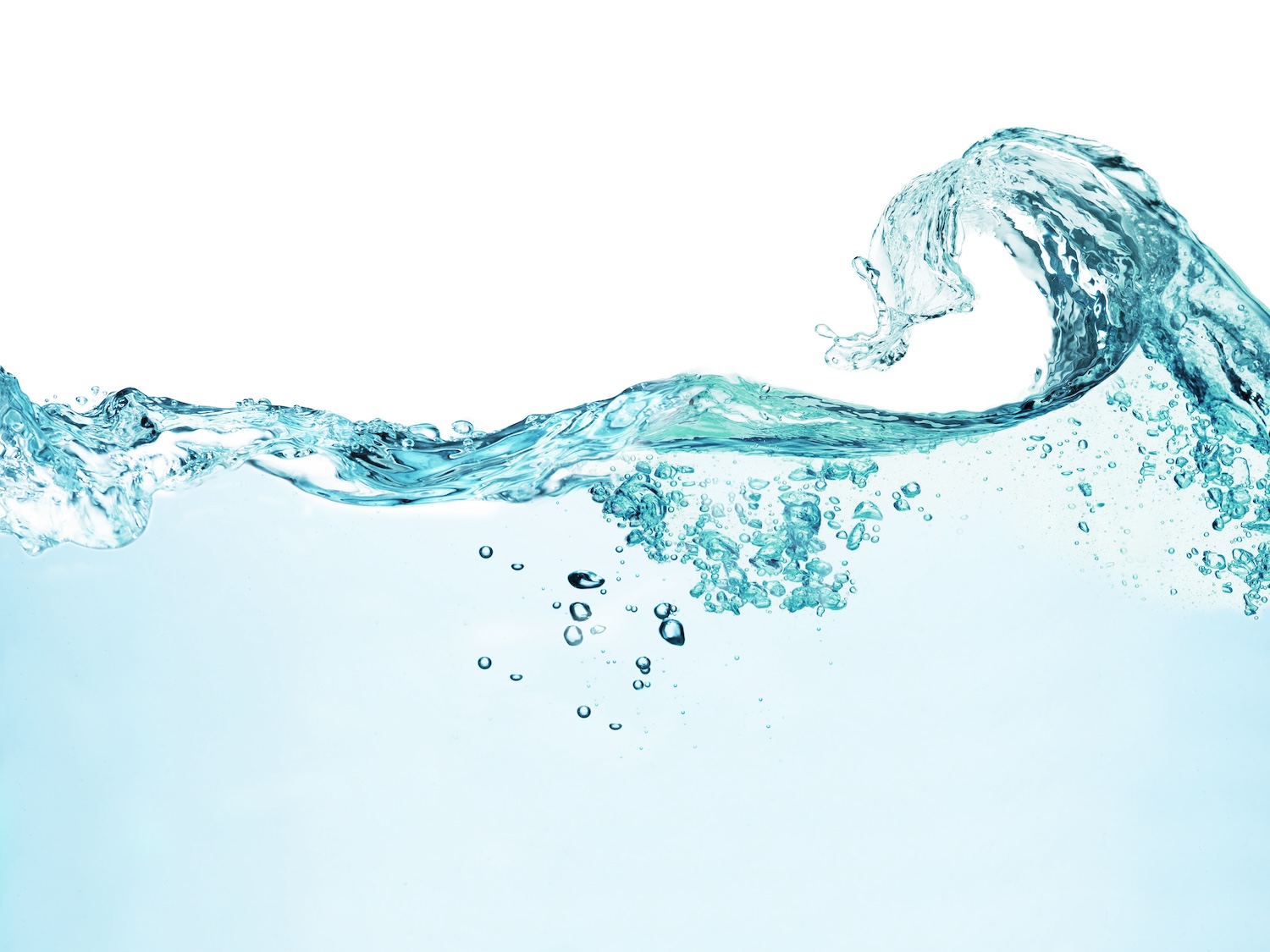Each year, we fund hundreds of clean water projects with grants and loans. Many of these projects take years to complete, so to highlight some of this great work, we create an Outcomes Report. The 2021 – 2023 Biennium Outcomes Report is now available as an interactive storymap, showcasing water quality improvements we funded that were completed between July 1, 2021, through June 30, 2023. The 209 funding recipients included local jurisdictions, conservation districts, non-profits, Tribes, utility districts, state agencies, and universities. Grant and loan recipients completed 368 projects with over $210 million in funding.
Funded projects include wastewater facilities, stormwater management activities and facilities, nonpoint projects, onsite septic system repair and replacement, harmful algae control, and aquatic invasive plant management.
The Outcomes Report is a great way to see the wide range of projects that we can support with grant and loan funding. Many of the projects we fund are related to water quality improvements plans—also known as Total Maximum Daily Loads or TMDLs—in the watershed.
This is part one of two on our recent clean water project successes— with many more in the report!
Carbonado sewer improvement will help protect groundwater.
Sewer system improvements in Carbonado
The Town of Carbonado improved their sewer system to better protect their area groundwater. This small community, with a population of about 700, received over $4.7 million in Centennial Clean Water Program grant to replace their disintegrating, clay sewer pipes with modern polyvinyl chloride gravity pipes. The original sewer systems were installed in the early 1900s. The original sewer systems meandered through the town resulting in several sewer mains being installed under existing homes.
As the new system is designed to flow by gravity, the town no longer needs weekly flushing of sewer lines to convey flow to their wastewater treatment plant. The project also resolved right-of-way issues associated with the original infrastructure and extended services to existing homes and businesses throughout the community. This project provided the town with modern sewer systems, eliminating public health issues associated with ground and surface water contamination.
Stormwater green infrastructure in Ostrich Bay Creek
An inlet to the City of Bremerton’s stormwater treatment wetland.
With $802,367 in Stormwater Financial Assistance Program funding, the City of Bremerton improved water quality in Ostrich Bay Creek. The project area collects stormwater runoff from parking lots, highways, urban arterials, and residential streets which is conveyed through the city’s stormwater system into Ostrich Bay Creek. The creek discharges into Ostrich Bay which then flows into Dyes Inlet, Sinclair Inlet, and out into Puget Sound. Ostrich Creek is listed in the Sinclair & Dyes Inlet Total Maxiumum Daily Load (TMDL) for elevated fecal coliform as is Ostrich and Oyster Bays. Treatment of stormwater from this area will directly benefit these water bodies and implements the TMDL actions by reducing fecal coliform.
The city installed 15 linear wetlands, which mitigate stormwater runoff from 6.37 acres of paved surfaces. These wetlands provide water quality benefits including treatment for sediment, phosphorus, metals, reductions in petroleum hydrocarbons, and bacterial pollutants.
“Coordination with Ecology project managers and internal staff is essential to complete a timely and on schedule project. Options to add additional drainage area to the project and the ability to change treatment system types helped us develop an excellent project that provides treatment benefits to more area than originally planned with less overall cost.” – City of Bremerton
Municipal stormwater management in Enumclaw
The City of Enumclaw used their $75,000 Stormwater Capacity grant to support implementation of their municipal stormwater management program. All municipal stormwater permittees have to develop stormwater management programs. Implementing this program protects water quality in Boise and Newaukum creeks and the White and Green rivers from the city’s stormwater runoff.
In order to improve water quality, the city surveyed and mapped its stormwater system, inspected sources of pollution into the system, provided education and outreach on pollution to businesses, maintained vegetation maintenance at all city-owned and operated stormwater ponds, and monitored bacteria in the Boise Creek contributing basin.
The City of Enumclaw monitoring stormwater pollution
The city hopes that the education and outreach activities on illicit discharges will help reduce future avoidable spills and better prepare businesses to mitigate environmental impacts of spills through proper reporting and clean-up. Additionally, the city hopes that ongoing continuous bacteria screening and source tracing efforts will continue to reduce bacteria loadings from surface runoff entering the storm system and ultimately flowing into down receiving waters. Lastly, the city is hopeful that updates of MS4 mapping will allow for improvements with illicit discharge detection within the city as well a timelier elimination of these discharges.
“The City of Enumclaw greatly appreciates capacity grant funding provided by Ecology to help implement measures required by the Phase II Municipal Stormwater Permit.” – City of Enumclaw
Reducing nutrients from septic systems in Newman Lake
A membrane bioreactor providing advanced wastewater treatment at a residence on Newman Lake.
The Spokane Conservation District received $878,000 in Ecology grants and loans to address failing septic systems in Spokane County. Among these efforts, Spokane Conservation District worked with residents of Newman Lake to identify a solution to nutrient inputs from failing septic systems and resulting algal blooms. With input from residents, the pilot project included the installation of two membrane bioreactor systems, a technology commonly used on large-scale wastewater treatment plants. Unlike a conventional septic system, a drainfield is not required for treatment. These systems offer advanced treatment and removal of bacteria and nutrients while also offering a solution for residents who lack room for a conventional septic system or face difficulties in disposing wastewater in an area with a high water table and rocky soils. Testing by the Spokane Conservation District demonstrated that these systems eliminated more than 97% of nitrogen and phosphorous from the effluent.
Learn more about clean water grants and loans
We provide millions of dollars of funding to improve, protect, and restore water quality across the state. We have several opportunities that vary by funding source, funding category, and type of project. The largest opportunity is our Water Quality Combined Fund where we provide a single application process to fund a variety of projects.
Our water quality grants and loans page provides more information about our funding and resources.
Interested in more clean water stories? Come back for part two, where we’ll share stories about stream restoration, outreach, and algae control.








